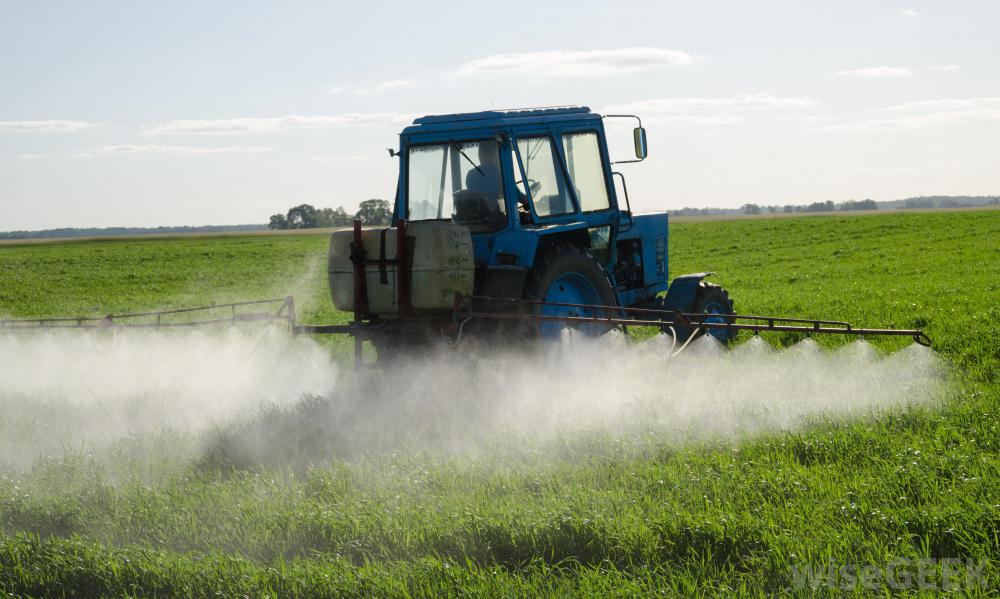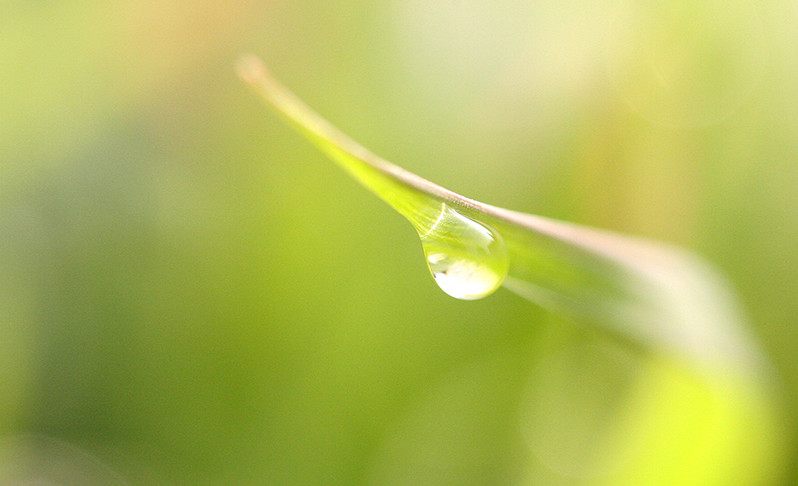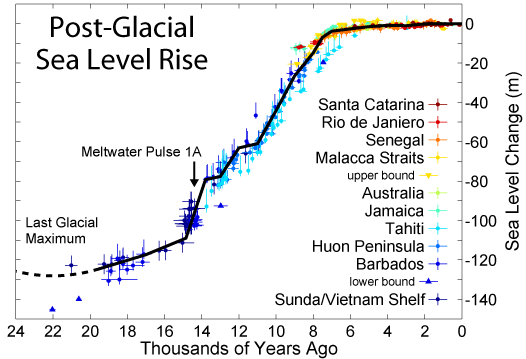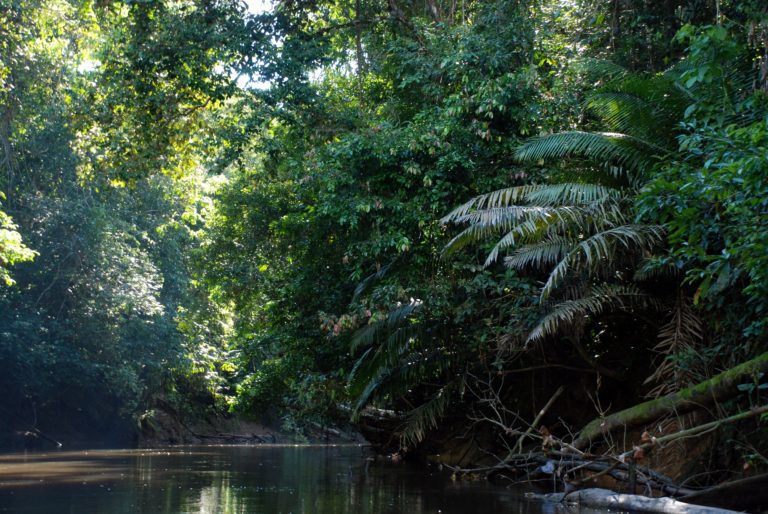By William Sosinsky
One of the main areas of concern in regards to a sustainable food chain is a key component of fertilizer which is essential for cell wall, root, and flower development in plants; Phosphorus. Without this crucial and irreplaceable mineral there would be no “fertilizer” and our current global agricultural model as we know it today would collapse. The loss of phosphorus as a feedstock would lead to more than 2/3 of our population (4-5 billion people) starving to death from the resulting scarcity of food. Phosphorus cannot be synthesized and without it we will soon run out of sufficient food to feed our growing population. It’s that simple.
Although opinions differ on the subject (similar to the argument on climate change) most experts without a financial stake in the issue believe we have perhaps just 50 to 70 years of easily mineable reserves left. The U.S is believed to have less than 25 years of these crucial reserves.
The fact is the great majority of phosphorus that we consume in our food is lost through our waste stream in the form of food waste, manure, or effluent. It is not retained by the consuming individual or animal and is therefore completely recyclable back into our food chain if the waste can be collected and reprocessed. Currently it is instead washed down our sewers or leached off our farmland into our streams, rivers, and out into our oceans. There the nutrient increase creates a condition known as Eutrophication which pulls the oxygen out of the water causing large “dead” areas along our coastlines. There are currently more than 400 such areas globally and the number is climbing steadily.
Simply put, we need to completely reorganize the way we manage our waste and agricultural models such that we efficiently recapture the “waste” phosphorous and put it back to productive use and inhibit it’s now destructive impact.
Energime University will help restructure global phosphorus management on a local basis by providing the education, training, and access to technology that will assist with the following areas:
[unordered_list style=’circle’ number_type=’circle_number’ animate=’no’ font_weight=”]
- Helping phosphorus miners improve the efficiency of their operations refining and cleaning up their production protocols.
- Creating farming models that integrate livestock and crop production; using animal manure more effectively and developing high density, high nutrient vertical indoor greenhouses.
- Making fertilizer application more targeted.
- Preventing soil erosion and agricultural runoff by promoting no-till farming, terracing, contour tilling and the use of windbreaks.
- Reducing food waste as a result of supply chain management and through better food management(Storage/Distribution/Transportation) practices.
- Recovering phosphorus from human and animal waste.
[/unordered_list]
Several of the professors who will be teaching courses in this area include:
[unordered_list style=’circle’ number_type=’circle_number’ animate=’no’ font_weight=”]
- Dr. Joseph Weinstock – Long-term Asian Development Bank consultant for sustainable farming, agro-forestry, climate change adaptation strategy, and natural resources conservation, rehabilitation, and sustainable management.
- Dr. Aad Wijngaart – Global High Density Food Visionary and designer of advanced indoor growth environments.
- Lars Hansen– Development Director for Nordic Micro Tech specializing in urea refining plants and animal waste processing and recycling technologies.
- Dr. Greg Knibbs– Executive Director of Edge Five Permaculture and former soil specialist and environmental reclamation expert for Chevron and several major oil companies.
[/unordered_list]





